The Carbon Capture Boondoggle Begins To Unwind
Enviromental Defense
MAY 7, 2024
CCS is a multi-billion dollar boondoggle that doesn’t come close to the hype, has significant safety risks, and is a substantial distraction from real climate solutions, such as building more renewable energy, increasing electricity transmission infrastructure, and developing and using storage technology. Want proof?


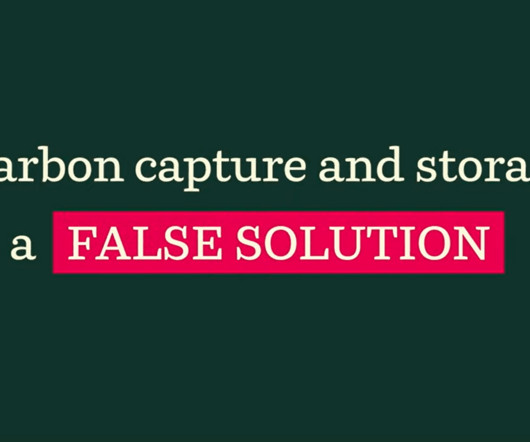



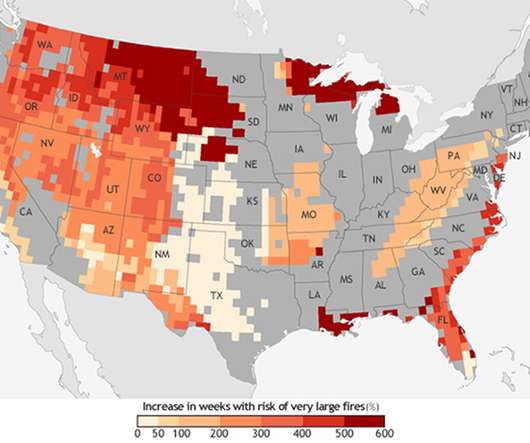
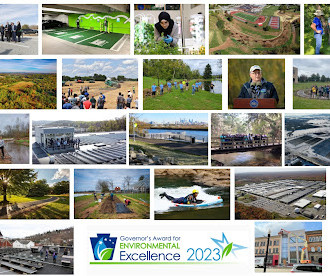
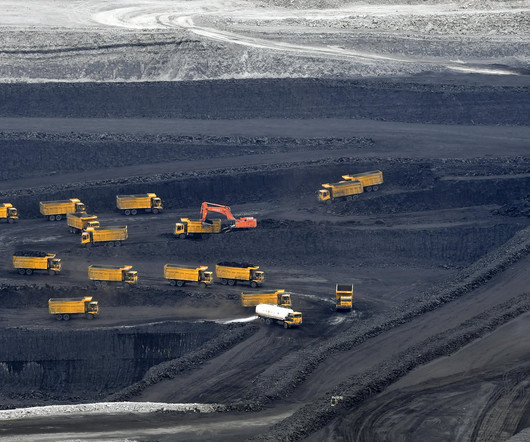

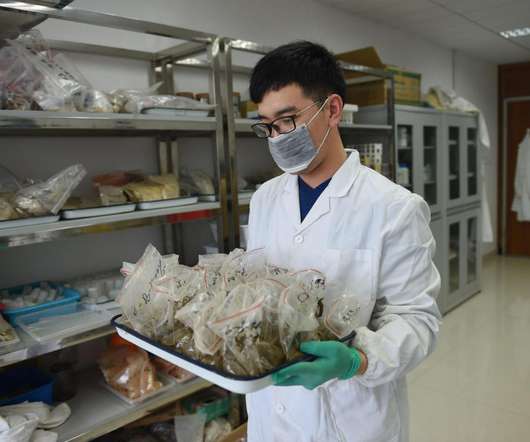
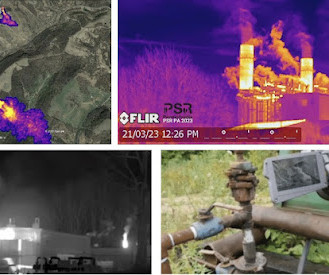
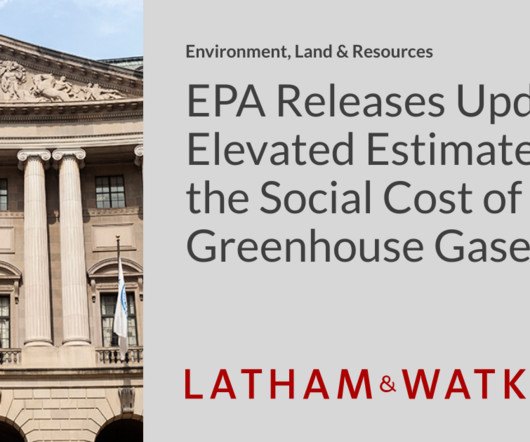

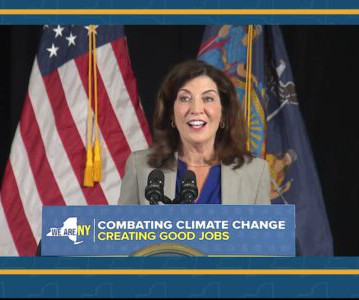








Let's personalize your content